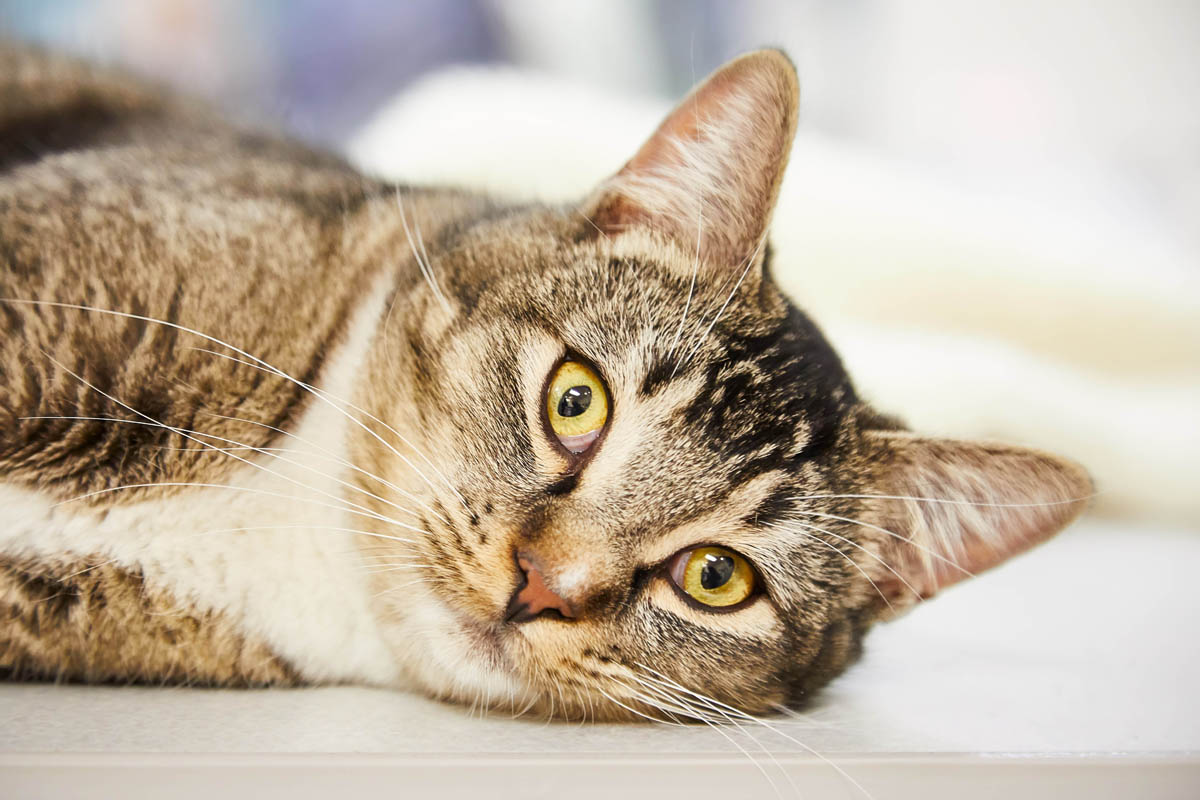At a glance
|
About
Chiggers is an itchy skin rash caused by the chigger (trombiculid) mite. Chigger mites are tiny parasitic mites that live in decaying vegetation. Cats become infected while roaming these areas. Chigger mites are also known as harvest mites, berry bugs, scrub-itch mites or red bugs.
The life cycle of the trombiculid mite is in four development stages, egg, larval, nymph and adult. Only the larval form (known as chiggers, hence the name) are parasitic to cats, the nymph and adult are free living.
Chiggers don’t actually bite your cat, once on the host, they pierce the skin and inject saliva containing digestive enzymes to break down the skin cells (known as cellular autolysis), they then feed on the blood serum. Once they have fed, they fall drop back onto the ground and passes into the nymph stage. Chiggers feed on a wide variety of vertebrates, including humans and dogs as well as reptiles and birds. They are most prevalent between spring and autumn when conditions are hot and humid.
Distribution
There are approximately 10,000 species of chiggers and their distribution is worldwide. It would appear they are a bigger issue for cats in the United States (most commonly called chiggers or red bug) and Europe (where they are known as harvest mites). In Australia, they are called scrub-itch mites but don’t seem to pose a problem.
Appearance
The larval form of chiggers is minute and barely visible to the eye. They are red/orange in colour and have six legs. The nymph and adult trombiculid mites have eight legs.
Symptoms
Obviously, it is hard to see bites on a cat due to their fur, but it is quite easy to see the bites on a person.

Image courtesy theivorytower, Flickr
An enzyme produced by the mite during feeding causes the tissues to disintegrate (known as cell autolysis), the cat’s skin becomes hardened, forming a tube called a stylostome from which the mite feeds from (similar to a straw). It is the digestive enzyme produced by the mite that causes the typical reaction seen in affected animals.
- Intense itching and swelling, especially on parts of the cat that come into contact with the ground such as the feet, head, ears, and legs. In cats, the ears are most commonly affected. Itching occurs a few hours after the chigger has fed.
- A red pimple-like bump where the chigger has fed.
- Dry, crusty lesions, especially along the ear margins.
- Some cats may develop a secondary bacterial infection but to scratching and damaging the skin further.
Diagnosis
Your veterinarian will perform a complete physical examination of your cat and obtain a history from you. The veterinarian may suspect chiggers if they identify any of the following:
- A history of roaming outdoors
- If a large number of mites are on your cat, the veterinarian will be able to see them as clumps of red/orange in the affected area
- Identifying the six-legged chigger on skin scrapings
- Crusting dermatosis
Treatment
Infection with chiggers is usually self-limiting and treatment is not always necessary.
When treatment is required, it involves the administration of an appropriate parasiticide for cats. There are currently no treatments that are licensed for use on cats to treat chiggers, however, most flea treatment products are also effective in killing these mites.
Glucocorticoids to relieve severe pruritus (itching).
If your cat has developed a secondary skin infection, he may require a course of antibiotics.
Can my cat pass chiggers onto other pets or humans?
It is not likely that your cat can pass chiggers on to other cats or yourself.
Do chiggers transmit diseases?
Chiggers in the United States and Europe aren’t believed to transmit any diseases to cats (or humans), however, in parts of Asia they can transmit scrub typhus to humans, which is a rickettsial disease.
Prevention
- Confine cats to indoors or a cat enclosure where possible. If the cat does go outside, avoid high-risk areas, such as grasslands and wooded areas.
- Check outdoor cats for the presence of chiggers. Pay attention to the face, ears, and feet and if you see mites, gently remove them.

